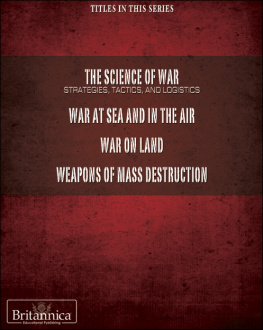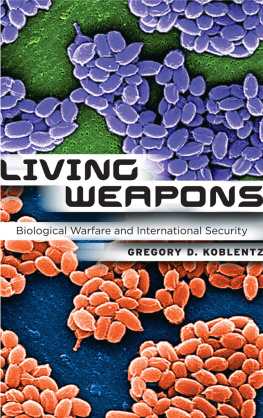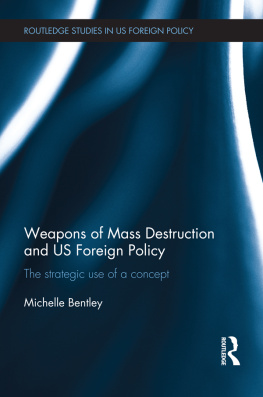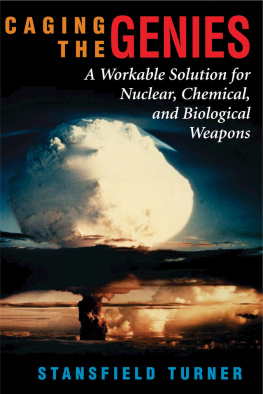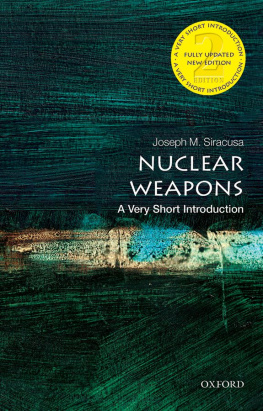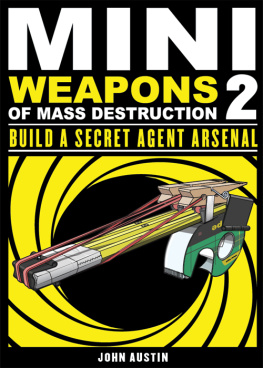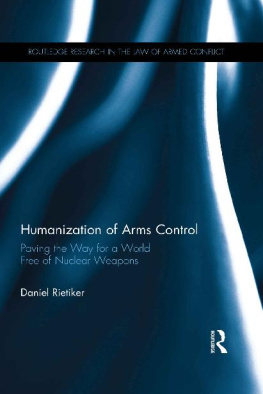WEAPONS OF MASS DESTRUCTION
THE BRITANNICA GUIDE TO WAR
WEAPONS OF MASS DESTRUCTION
EDITED BY ROBERT CURLEY, MANAGER, SCIENCE AND TECHNOLOGY

Published in 2012 by Britannica Educational Publishing
(a trademark of Encyclopdia Britannica, Inc.)
in association with Rosen Educational Services, LLC
29 East 21st Street, New York, NY 10010.
Copyright 2012 Encyclopdia Britannica, Inc. Britannica, Encyclopdia Britannica, and the Thistle logo are registered trademarks of Encyclopdia Britannica, Inc. All rights reserved.
Rosen Educational Services materials copyright 2012 Rosen Educational Services, LLC.
All rights reserved.
Distributed exclusively by Rosen Educational Services.
For a listing of additional Britannica Educational Publishing titles, call toll free (800) 237-9932.
First Edition
Britannica Educational Publishing
Michael I. Levy: Executive Editor
J.E. Luebering: Senior Manager
Adam Augustyn: Assistant Manager
Marilyn L. Barton: Senior Coordinator, Production Control
Steven Bosco: Director, Editorial Technologies
Lisa S. Braucher: Senior Producer and Data Editor
Yvette Charboneau: Senior Copy Editor
Robert Curley: Manager, Science and Technology
Rosen Educational Services
Shalini Saxena: Editor
Nelson S: Art Director
Cindy Reiman: Photography Manager
Brian Garvey: Designer
Introduction by Alexandra Hanson-Harding
Library of Congress Cataloging-in-Publication Data
Weapons of mass destruction/edited by Robert Curley.1st ed.
p. cm.(The Britannica guide to war)
In association with Britannica Educational Publishing, Rosen Educational Services.
Includes bibliographical references and index.
ISBN 978-1-61530-751-7 (eBook)
1. Weapons of mass destructionHistory. 2. Arms controlHistory. I. Curley Robert, 1955
U793.W424 2012
358.3dc23
2011029787
On the cover: The signature mushroom cloud of a nuclear explosion can be seen after a
1970 French nuclear test in Polynesia. Islands in the South Pacific were frequently the sites
of nuclear tests for much of the 20th century. AFP/Getty Images
On pages : The sign indicating nuclear radiation.
Shutterstock.com
CONTENTS


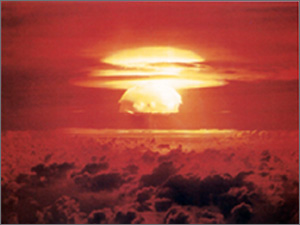


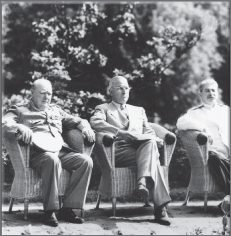

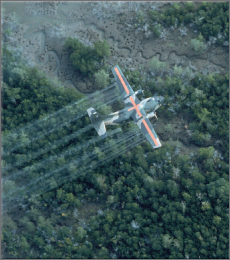
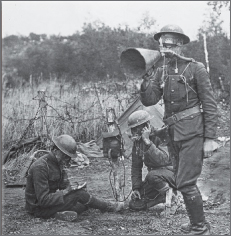


INTRODUCTION

Col. Paul W. Tibbets, Jr., piloted the Enola Gay, the B-29 bomber that dropped the atomic bomb known as Little Boy on the Japanese city of Hiroshima on Aug. 6, 1945. National Archives/Getty Images
T he world changed forever on Aug. 6, 1945, when a B-29 bomber called the Enola Gay dropped a 64-kg (140-pound) uranium-fueled atomic bomb nicknamed Little Boy on the city of Hiroshima, Japan. After the bomb exploded above the city, two-thirds of it was destroyed. A huge gust of wind and heat flattened miles of buildings and set others afire. Thousands of people burned to death. Others were hurled at high speed into buildings or killed by flying glass and debris. Of the 350,000 people present in Hiroshima that day, 140,000 were dead by the end of the year. Many of the survivors had radiation poisoning, and genetically caused birth defects due to radioactivity were common in the next generation. Never before had the world seen such a potent weapon.
The term weapons of mass destruction was coined in 1937 to refer to masses of warplanes that would bomb cities and create large-scale damage. It has since come to encompass nuclear, biological, and chemical weapons, and in this book you will learn about the scientific and political aspects of each. You will also learn how the frightening power of these weapons and their ability to destroy the entire planet has led to treaties and agreements between nations as governments have sought to limit this terrible threat to all of life.
The nuclear age began in earnest in the 1930s, as the world was hurtling toward World War II. Physicists in Europe had already described the enormous energy that would be released when an atom was split apart, and as the Nazi menace took over first Germany and then neighbouring countries, many of these scientists found their way to Britain and the United States. Fearful that Germany would create a powerful weapon based on the splitting of the atom, the U.S. government put the Europeans to work, along with many American scientists, on building such a bomb for the Allies. By 1939 physicist J. Robert Oppenheimer was already working on a way to isolate weapons-grade uranium-235, which would be the fuel for the bomb. In 1942 Italian-born physicist Enrico Fermi and his team at the University of Chicago produced the first self-sustaining nuclear chain reaction, a crucial step in the development of the new weapon.
In 1943 Oppenheimer was given the responsibility of running the Manhattan Project, a secret program to build a deliverable atomic bomb. He brought a team of brilliant scientists to a secret laboratory at Los Alamos, New Mexico. The Los Alamos scientists had many questionss: What fuel should they useplutonium or uranium? How could they possibly do all the complicated calculations needed to predict a bombs effectiveness? (Remember, this was an age before computers were ready to do the job.) What was the best way to ignite the radioactive fuel? Finally, by 1945, two designs were ready to be triedone using uranium, the other plutonium, but both releasing a huge amount of energy after the atoms in the fuel had been made to split under massive pressure.
The bomb dropped on Hiroshima contained uranium. A few days later, a plutonium bomb nicknamed Fat Man was dropped on the city of Nagasaki, Japan. These shocking weapons were immediately followed by the end of World War II, as Japan officially surrendered on Sept. 2, 1945.
It might seem that the end of a world war would mean the end of work on nuclear weapons. But after the war, the United States and the Soviet Union quickly jockeyed for power. Soon the two former allies had divided up large chunks of the world into different spheres of influencethe Soviet Union controlled much of Eastern Europe and part of Germany, while it allied with North Korea and China. Meanwhile, the United States remained with its wartime allies in Western Europe and formed new alliances in many other parts of the world. The Cold War (194591) had begun. The Soviet Union was determined not to stay behind the United States in military power. The United States, meanwhile, was determined to be the leader in nuclear knowledge.
Next page
